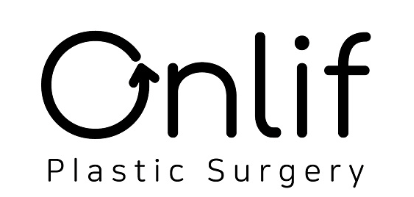Vertical Facelift Guide | Modern Lift for Natural, Youthful Contours
Tired of the “pulled back” look from old-school facelifts? The
Vertical Facelift is a modern surgical technique that lifts facial tissues
upward, not backward, restoring youthful cheek height, jawline contour, and under-eye support without distorting your natural appearance. Especially popular in Korea and elite clinics worldwide, this approach prioritizes
subtle, elegant rejuvenation with long-lasting results.
What Is a Vertical Facelift?
A Vertical Facelift is an advanced surgical procedure that repositions sagging facial tissues in an upward (vertical) vector—mimicking how a youthful face naturally holds volume.
Rather than pulling skin to the sides (like older facelift styles), this technique focuses on lifting the cheeks, jawline, and nasolabial folds vertically, restoring balance, definition, and vitality to the mid and lower face.
Who Is a Good Candidate?
You may benefit from a vertical facelift if you:
- Are in your 40s to 70s
- Have sagging cheeks, deep smile lines, or jowls
- Want a natural-looking lift without distortion
- Prefer long-lasting results that respect facial harmony
- Have already had a mini lift or thread lift and need a more permanent solution
Key Benefits of a Vertical Facelift
- Lifts tissue upward instead of sideways
- Enhances midface volume and cheek definition
- Improves jawline and jowl area
- Smooths nasolabial folds and marionette lines
- Minimal skin tension = natural-looking result
- Longer-lasting than mini or traditional facelifts
- Can be combined with neck lift, eyelid surgery, or fat grafting
How Is It Performed?
A vertical facelift typically involves:
- General anesthesia
- Incisions hidden in the hairline and around the ears
- Deep tissue lifting (SMAS or deep plane) in a vertical direction
- Fat repositioning or removal as needed
- Skin redraping without excessive pulling
- Optional fat grafting for volume restoration in temples or cheeks
Surgery time: 3–5 hours
Outpatient procedure: Most go home the same day
Vertical Facelift vs. Traditional Facelift
FeatureVertical FaceliftTraditional FaceliftLift DirectionVertical (upward)Horizontal (backward)Natural AppearanceHighModerateTargets MidfaceYesNo (mainly lower face/neck)Skin TensionMinimalHigherLongevity8–12 years6–10 years
Recovery and Downtime
- Swelling & bruising: Peaks at 2–3 days, improves by 7–10 days
- Stitches: Removed in 5–10 days
- Return to work: 10–14 days
- Final results: Visible within 4–8 weeks
- Full healing: 3–6 months as collagen continues to rebuild
How Long Do Results Last?
- Vertical facelifts typically last 8–12 years
- Maintenance with Botox, skin tightening, or fillers may extend results
- Aging continues naturally, but the face stays more youthful than baseline
Vertical Facelift Cost (Estimated)
RegionEstimated Range (USD)South Korea₩10M – ₩18M ($7,500 – $13,500)USA / Canada$12,000 – $22,000UK / EU£9,000 – £17,000
Prices vary depending on surgeon experience, technique (SMAS or deep plane), and any added procedures (e.g., neck lift).
Vertical Facelift + Combination Procedures
To enhance results, vertical facelifts are often paired with:
- Neck Lift – For chin definition and neck band removal
- Fat Grafting – Restores youthful fullness in the cheeks or temples
- Upper/Lower Blepharoplasty – Rejuvenates tired-looking eyes
- Laser Resurfacing or Exosomes – Improves skin texture and collagen
A Vertical Facelift is ideal for those seeking a refreshed, naturally youthful face—without the tight or over-pulled look. By lifting in the direction aging actually happens (downward), it restores structure where it matters most: the cheeks, jawline, and midface.
Considering a vertical facelift in Korea?
Clinics in
Seoul’s Gangnam district are globally recognized for expert facelift techniques, natural aesthetics, and international patient services.









